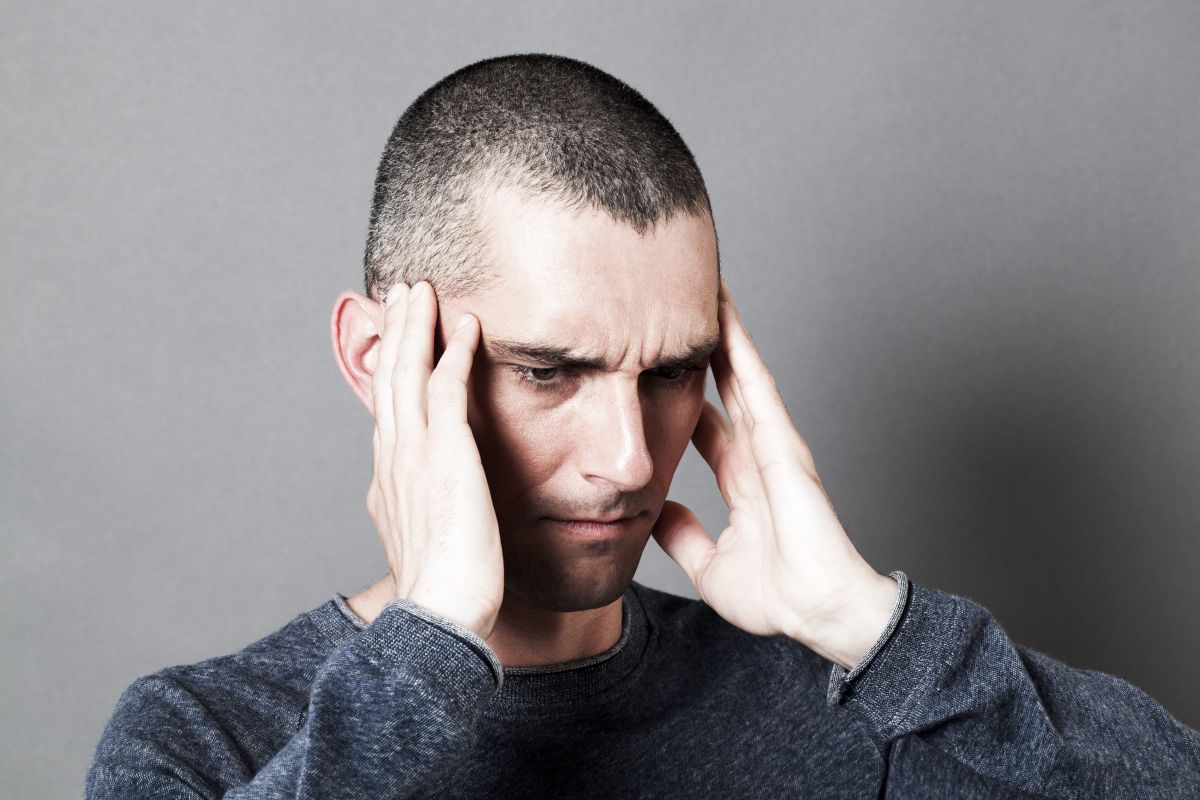
Don't let your eyes deceive you with Visual Vestibular Mismatch
Imagine that you’re in a bustling grocery store, watching an action movie, waiting in traffic at a busy intersection or walking across the patterned carpet in a hotel lobby. You start to feel anxious, disorientated or unsteady, and sweaty or nauseous. What is happening? You might be experiencing Visual Vestibular Mismatch.
This is a condition where dizziness is triggered by a complex, distorted, large field, or moving visual stimulus, including the relative motion of the visual surroundings associated with body movement.
Simply put, Visual Vestibular Mismatch (VVM) is when a person is overusing their visual cues for determining their position in space, when it might be more appropriate to use the information from the inner ear vestibular organs (which sense orientation, movement and balance), or the information from touch or joint position sensors. When this is happening, a person may interpret visual motion as self-motion.

The parts of the brain involved with processing our vestibular information interact with other parts of the brain that can induce nausea, sweating, heart rate/breathing changes, performance changes and secretion of certain chemicals/hormones, so it’s not surprising that error signals in this system can create other undesired symptoms.
VVM can cause situation avoidance behaviors or fears, and is commonly triggered by anything that floods or overwhelms the patient’s vision. This can include things like ceiling fans, windshield wipers, or patterned floors, sunlight flickering through trees while driving, or even someone wearing a vibrant or striped shirt (vestibular therapists have limited fashion choices).
VVM is also known by others names, including visually induced dizziness, visual vertigo, space & motion discomfort, supermarket syndrome, and motorist disorientation syndrome.
How does VVM work?
Some people are born with an overdependence on vision, others may have a relationship between other medical conditions (ie. migraine) and VVM, but VVM may also develop after having a problem with the vestibular system (the inner ear organs and their connections within the brain). A person’s brain will normally compensate for a vestibular dysfunction by becoming more reliant on vision during recovery, but with VVM, this overdependence seems to persist and the person remains overly reliant on vision to maintain posture, control, and balance.
Under normal circumstances, the vestibular system is the boss, acting as a template against which other sensory information is processed and compared. If the vestibular signal is unreliable or flawed due to damage in the balance system, preference is given to the visual signal, the new boss, which makes a person susceptible to symptoms related to VVM.

How is VVM assessed and treated?
Unfortunately, there are no definitive tests or measures to detect VVM. Patients must describe their symptoms via inquisitive historical probing by clinicians in order to arrive at a working diagnosis, and there are several questionnaires that have been developed for this purpose.
Research is showing that patients with VVM can be helped by vestibular rehabilitation in combination with careful, graded exposure to visual stimulation to desensitize them to their visual triggers. The primary goal of rehabilitation is to try to reduce these sensory dependencies for orientation with specific, customized exercises.
If these symptoms sound familiar to you, head to Lifemark.ca and find a clinic with a Vestibular Therapist near you. Get relief from your symptoms so you can get back to life!





